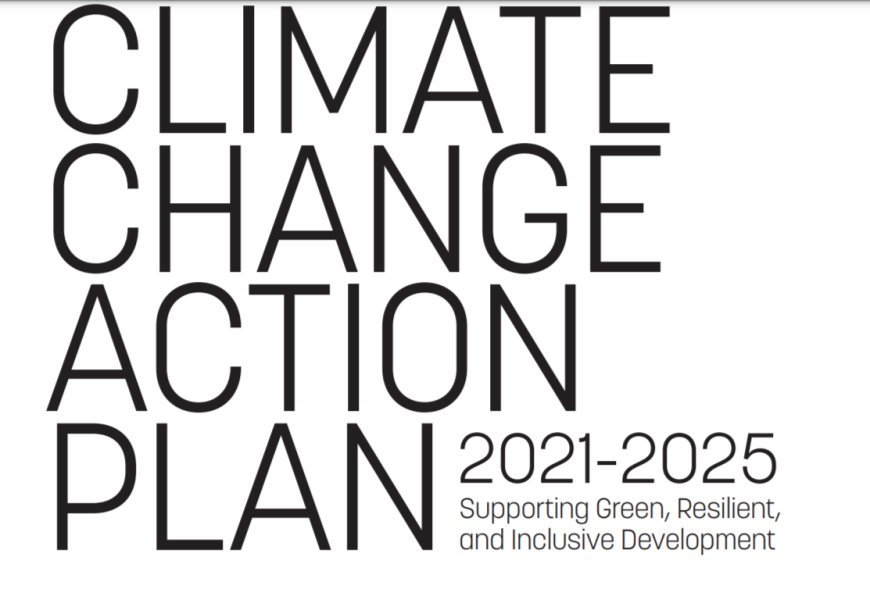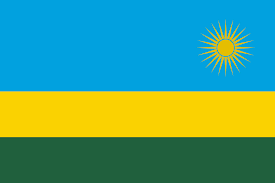World Bank Group Climate Change Action Plan (2021-2025): Driving Global Climate Action and Resilience
Explore the World Bank Group's Climate Change Action Plan (2021-2025): Boosting climate finance, reducing emissions, and building resilience worldwide.

Climate change is one of the most important issues confronting the world today, with far-reaching effects on economies, ecosystems, and communities everywhere. To help solve this pressing problem, the World Bank Group (WBG) has issued a bold Climate Change Action Plan (2021-2025). This approach offers a strategic framework to act on climate change by scaling up climate finance, reducing emissions, improving adaptation, and leveraging the private sector. Let us have a comprehensive overview of this game-changing initiative and its global impact.
The Urgency of Climate Action.
The effects of climate change are already being felt across the globe, from sea level rise and weather extremes to droughts and biodiversity loss. They are hitting the poor and vulnerable disproportionately, growing poverty and inequality. The World Bank Group's Climate Change Action Plan is designed to take on these squarely, in line with the aims of the Paris Agreement and the United Nations Sustainable Development Goals (SDGs).
Key Pillars of the Climate Change Action Plan.
The World Bank Group’s plan is built on five key pillars, each addressing critical aspects of climate change mitigation and adaptation:
1. Boosting Climate Finance.
The WBG has committed to delivering a record level of climate finance to support green, resilient, and inclusive development. Between 2021 and 2025, the Group plans to mobilize 35% of its total financing for climate activities. The funds will aid the shift towards low-carbon economies, renewable energy adoption, and climate-resilient investments in infrastructure.
Example: WBG is investing in Egypt in the Nexus of Water, Food, and Energy (NWFE) platform aimed at improving the efficiency of energy, raising renewable energy, and addressing water and food security problems.
2. Reducing Emissions.
The strategy focuses on reducing greenhouse gas emissions by addressing high-emission sectors such as energy, transport, and agriculture. WBG is investing in renewable energy projects, improving energy efficiency, and sustainable land use.
Example: The WBG is financing large-scale solar and wind energy projects in India to assist in reducing the country's reliance on fossil fuels and lower its carbon footprint.
3. Strengthening Adaptation.
Recognizing the need to build resilience, the WBG is enhancing climate diagnostics, risk screenings, and climate-informed decision-making. This includes integrating climate considerations into all aspects of development planning and operations.
Example: In Bangladesh, the WBG is funding coastal resilience projects to protect vulnerable communities from rising sea levels and extreme weather events.
4. Supporting Key Systems.
Systems that produce the most emissions and are most susceptible to the effects of climate change are given priority in the strategy. This covers urban infrastructure, food, water, and energy. The WBG wants to build a more resilient and sustainable future by tackling these systems.
For instance, the WBG is funding forest conservation and sustainable land use initiatives in Brazil to lessen deforestation and increase biodiversity.
5. Cooperation in the Private Sector.
The WBG acknowledges that the business sector plays a vital role in advancing climate action. The Group hopes to scale up effective climate solutions, utilize cutting-edge technologies, and mobilize more resources through collaborations.
For instance, to ensure food and water security for millions of people in Kenya, the WBG is working with private sector stakeholders to construct climate-resilient agriculture and water management projects.
Global Impact: Country-Level Climate Action.
In several nations, the World Bank Group's Climate Change Action Plan is already having a noticeable impact. Here are a few noteworthy instances:
1. India.
To lessen its carbon footprint and improve energy security, India is concentrating on renewable energy initiatives like wind and solar power. With the help of the WBG, the nation has been able to greatly increase its capacity for renewable energy.
2. Kenya.
To counteract the consequences of climate change on food and water security, Kenya is putting climate-resilient agriculture and water management programs into action. These programs are increasing crop yields and assisting farmers in adjusting to shifting weather patterns.
3. Bangladesh.
To safeguard its coastal communities against extreme weather events and rising sea levels, Bangladesh is working on coastal resilience initiatives.
4. Brazil.
To lessen deforestation and increase biodiversity, Brazil is making investments in sustainable land use and forest conservation. With the assistance of the WBG, the nation can strike a balance between environmental preservation and economic progress.
Egypt.
Through programs like the Nexus of Water, Food, and Energy (NWFE) platform, Egypt is increasing energy efficiency and making the switch to renewable energy. The interrelated problems of food, energy, and water security are being addressed by these initiatives.
The Function of Teamwork and Creativity.
Cooperation and creativity are essential to the World Bank Group's Climate Change Action Plan's success. The WBG is promoting coordinated action to combat climate change by collaborating with governments, businesses, civil society, and international organizations. To increase the efficacy of its treatments, the Group is also utilizing state-of-the-art technologies and data-driven methodologies.
 Kinyarwanda
Kinyarwanda
 English
English










































































